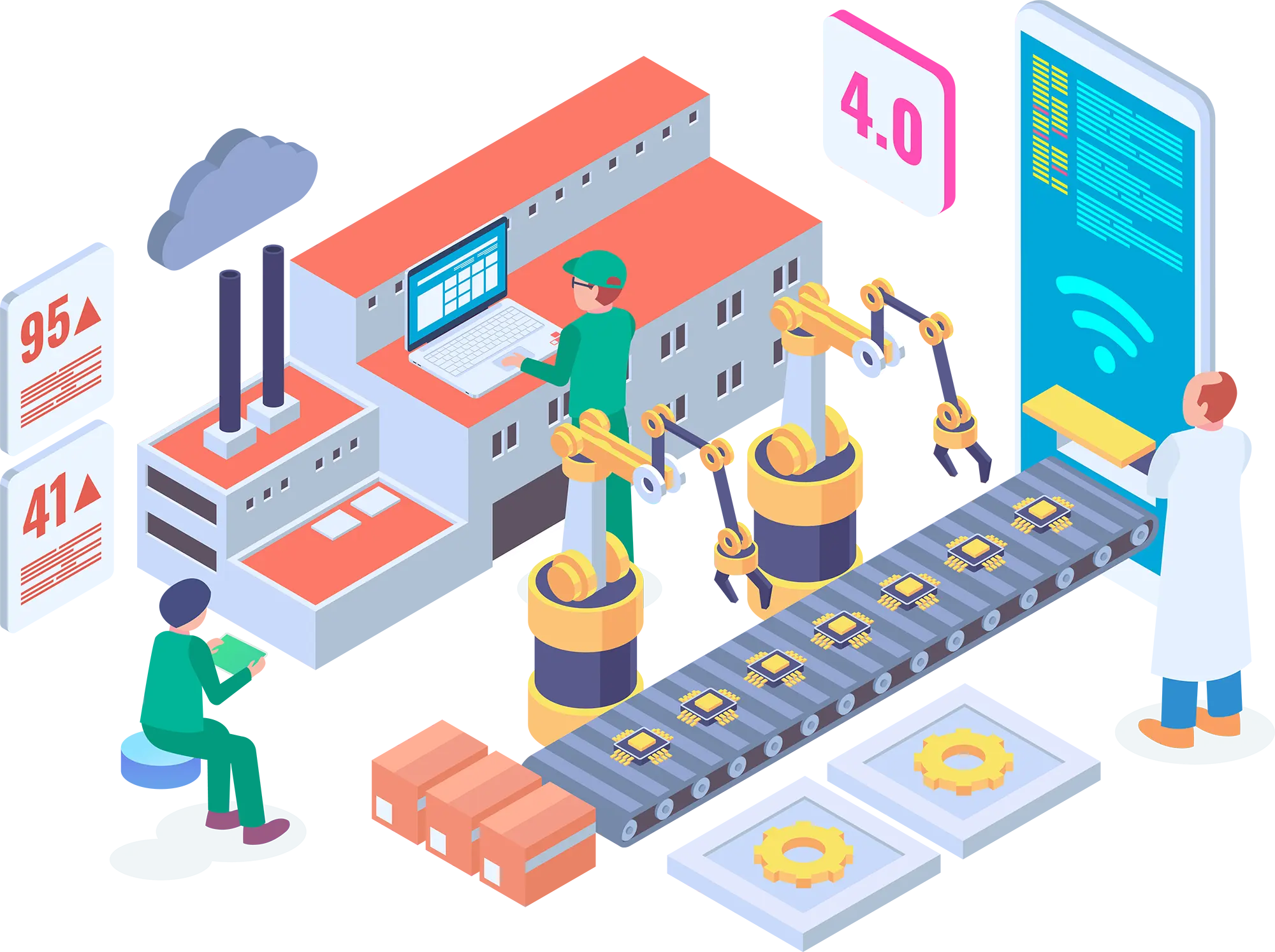Efficient operations are critical. Many organizations find themselves weighed down by inefficient processes and outdated business rules that reduce agility and limit performance. If you’re striving to streamline operations, improve compliance, or just get a better handle on how your business functions, process mining could be the game-changer you need. Process mining is a technology-driven approach that extracts insights from digital footprints in your workflows, enabling you to conduct an in-depth business process audit and improve business rules.
Using the Problem-Agitation-Solution (PAS) framework, let’s explore six powerful ways process mining optimizes business rules to drive better outcomes.
Outdated Business Rules and Inefficiency
As businesses grow, so do their processes and rules, which can often result in cumbersome, inconsistent, and redundant workflows. Outdated or misaligned business rules can lead to delays, compliance risks, and inefficiencies that impact your bottom line. Additionally, without the right insights, it’s challenging to understand exactly where these inefficiencies lie.
The Cost of Ineffective Business Rules
Ineffective business rules don’t just waste time—they can also compromise customer satisfaction, inflate operational costs, and erode competitiveness. Imagine the difference between a finely tuned engine and one that hasn’t had a tune-up in years. The former runs smoothly and efficiently, while the latter guzzles fuel and lags in performance. Without a business process audit, many companies struggle to identify the weak points in their business rules, keeping them from achieving the agility and precision needed in today’s dynamic environment.
How Process Mining Optimizes Business Rules
Process mining offers a new perspective. It works by analyzing event logs and transaction data to deliver a real-time, data-driven view of your business operations. With this tool, you can conduct a comprehensive business process audit that highlights inefficiencies and provides actionable insights to refine business rules. Here’s how process mining can help:
1. Enhances Compliance and Reduces Risks
One of the primary challenges with outdated business rules is the potential risk of non-compliance. Process mining creates transparency by visualizing your processes in a clear and measurable format, making it easier to detect deviations and compliance issues. Through its ability to track and map every step of your workflows, process mining enables you to perform a business process audit with a focus on compliance.
Optimizing Business Rules: By identifying rule breaches or gaps, you can update or enforce business rules to meet regulatory standards, reducing penalties and maintaining compliance.
2. Identifies and Eliminates Process Bottlenecks
Process bottlenecks are often caused by inefficient business rules that create unnecessary hold-ups in workflows. For example, requiring multiple approvals for routine tasks can delay task completion and impact productivity. Process mining analyzes data from multiple touchpoints, pinpointing where and why delays occur.
Optimizing Business Rules: Once you have identified bottlenecks, you can restructure your business rules to streamline approvals, eliminate redundant steps, and promote faster, more efficient workflows.
3. Improves Decision-Making with Data-Driven Insights
Effective business rules rely on informed decisions, yet many rules are based on assumptions or outdated data. Process mining provides a wealth of information on process performance and resource utilization, enabling leaders to base rules on actual data rather than intuition.
Optimizing Business Rules: Data from process mining enables continuous improvement by providing a factual foundation for business rules. This allows decision-makers to fine-tune rules based on current performance metrics, reducing errors and ensuring processes are optimized.
4. Automates Routine Tasks and Enforces Consistency
Process mining identifies repetitive tasks within workflows, some of which could be better handled by automation. Often, human intervention is only needed because of rigid business rules that don’t allow for flexibility. By analyzing these patterns, process mining can reveal where automation could streamline routine tasks.
Optimizing Business Rules: Automate repetitive tasks by creating business rules that trigger specific actions. This reduces manual errors, enforces consistency, and frees up employees for higher-value tasks.
5. Supports Continuous Improvement with Real-Time Monitoring
A business process audit often provides a static view of performance, but process mining offers ongoing insights. Through continuous monitoring, process mining allows you to keep track of how business rules are impacting workflows in real time, providing early detection of inefficiencies.
Optimizing Business Rules: Set up monitoring metrics to automatically flag rule-based issues, such as threshold breaches, delays, or deviations. With real-time insights, business rules can be adjusted dynamically to improve performance without waiting for periodic audits.
6. Facilitates Process Standardization Across Departments
Inconsistencies in processes between departments can lead to confusion, wasted time, and conflicting business rules. Process mining helps you identify variations and discrepancies in workflows across different departments, highlighting where standardization is needed.
Optimizing Business Rules: Use process mining insights to create unified business rules that ensure all departments follow the same best practices, creating a more cohesive and collaborative environment.
Conclusion
As businesses evolve, the need for agile, efficient, and compliant business rules becomes even more crucial. Outdated or misaligned rules can hinder performance, increase costs, and damage the customer experience. Through process mining, companies gain a powerful tool to perform thorough business process audits, providing the data necessary to continuously refine and optimize business rules.
Embracing process mining doesn’t just streamline workflows—it transforms your approach to business rules, creating a robust, adaptable framework that evolves with your organization’s needs. So, start your journey with process mining, and unlock new levels of operational excellence and compliance.
Stay in touch to get more news & updates on Hints!



